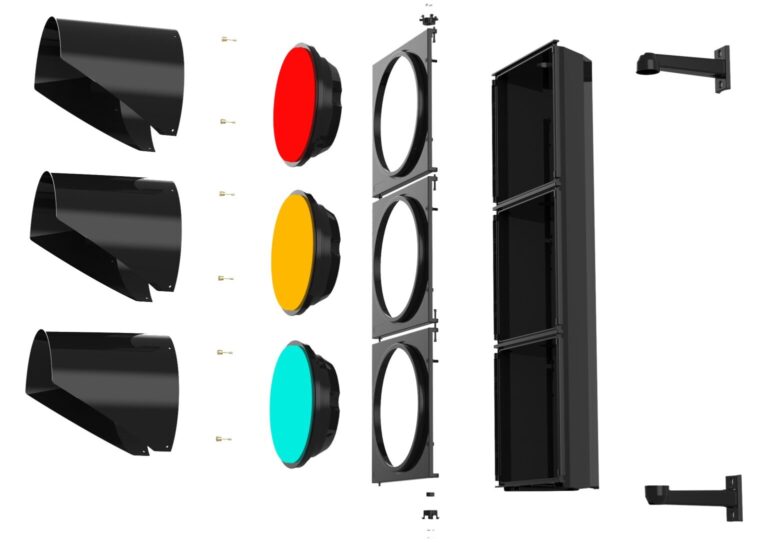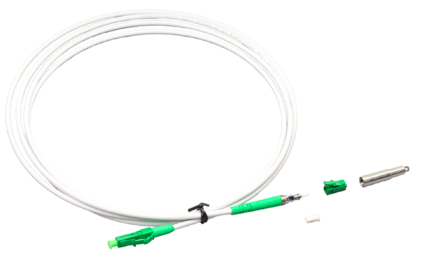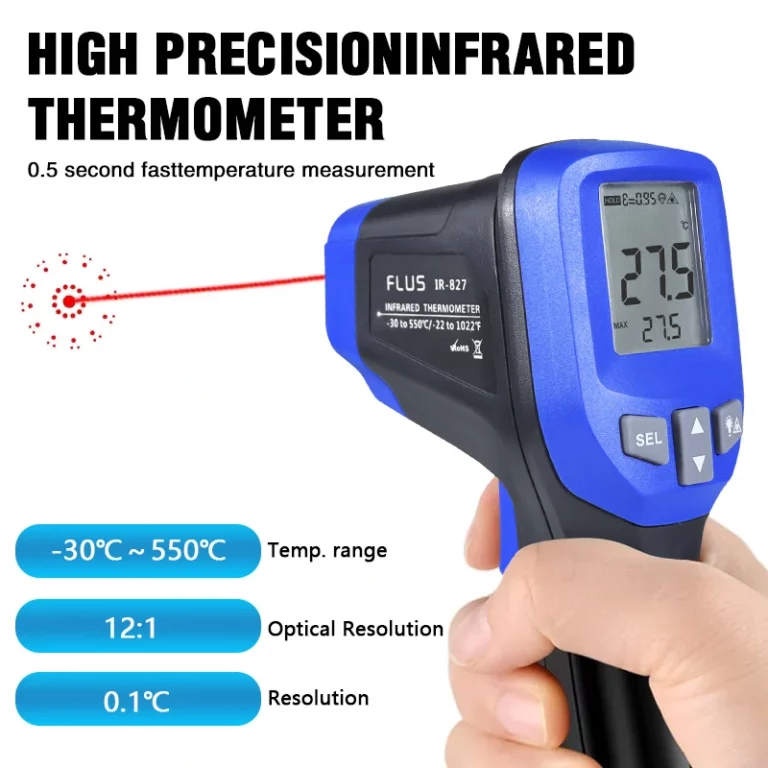In fiber optic networks, aerial installations are widely used, especially in rural and suburban areas where underground cabling is impractical or costly. A vital component in these aerial systems is the fiber suspension clamp, which secures fiber optic cables to poles and support structures. These clamps maintain proper tension, alignment, and protect cables from environmental stresses such as wind, ice, and UV radiation. For cable spans exceeding 100 meters, selecting the right suspension clamp is crucial to avoid cable sagging or mechanical damage that could disrupt network performance.
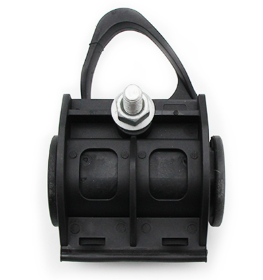
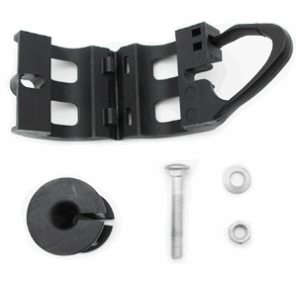 Selecting the right fiber suspension clamp involves assessing technical and environmental requirements:
Selecting the right fiber suspension clamp involves assessing technical and environmental requirements:
Types of Fiber Suspension Clamps and Their Applications
Fiber suspension clamps are available in various configurations to address the specific mechanical stresses and environmental conditions encountered in fiber optic deployments.
- Standard Suspension Clamps These clamps support cables up to 20 mm diameter and are suitable for installations with moderate mechanical stress. Their rubber lining reduces abrasion, preserving cable jackets during long-term exposure. Operating temperature ranges from –20 °C to +70 °C make them suitable for most temperate zones.
- Strain Relief Suspension Clamps Built for demanding installations, these clamps can handle tensile loads reaching 1,500 newtons, ensuring cable stability under significant stress. Their design evenly distributes mechanical loads, preventing elongation and microbending, which cause optical signal attenuation. Their sturdy construction also resists harsh environmental conditions such as heavy winds and ice accumulation.
- Heavy-Duty Suspension Clamps Designed for extreme weather conditions, these clamps accommodate cables exceeding 25 mm in diameter and resist corrosion and mechanical fatigue. They can withstand wind speeds of 120 to 150 km/h and ice loads over 10 kg per meter, essential for harsh climate regions. Their enhanced durability extends network lifespan and reduces emergency repairs.
- Universal Suspension Clamps Adjustable to fit cable diameters between 8 mm and 24 mm, these clamps simplify inventory management and provide secure fittings without risking cable damage or slippage. Their versatility is beneficial for networks using varied cable types.
Key Factors When Choosing a Fiber Suspension Clamp
 Selecting the right fiber suspension clamp involves assessing technical and environmental requirements:
Selecting the right fiber suspension clamp involves assessing technical and environmental requirements:
- Tensile Strength and Load Capacity Suspension clamps must support mechanical loads at least 25% higher than the maximum anticipated cable tension. For aerial spans exceeding 100 meters, this translates to clamps with load capacities typically between 800 and 1000 newtons, minimizing risks of mechanical failure from wind gusts or accidental impacts.
- Material Durability and Corrosion Resistance Hot-dip galvanized steel and aluminum alloys are commonly used for their resistance to corrosion and environmental degradation. In coastal or industrial areas, these materials prevent rust and prolong clamp lifespan, reducing maintenance demands.
- Cable Diameter Compatibility Ensuring the clamp precisely fits the cable diameter is essential to avoid damage and maintain optimal fiber performance.
- Installation Efficiency and Ergonomics Features such as quick-lock mechanisms and ergonomic designs can reduce installation time by up to 30%, lowering labor costs and minimizing network downtime during upgrades or repairs.
- Environmental Load Capacity Effective clamps are designed to tolerate ice buildup of approximately 10 kg per meter and withstand wind loads up to 0.6 kN/m², preserving network reliability in severe conditions.

